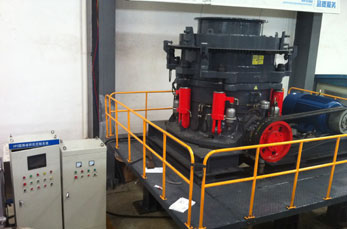A small-scale alluvial gold mining project involves extracting gold from loose sediments like riverbeds, floodplains, or alluvial deposits using low-cost, manual, or semi-mechanized methods. Below is a structured outline for planning and executing such a project:
—
1. Project Overview
– Objective: Extract gold from alluvial deposits sustainably and profitably.
– Scale: Artisanal/small-scale (typically <5 hectares, manual/simple machinery).
– Target Deposit: Riverbeds, terraces, or old alluvial fans with confirmed gold traces.
—
2. Key Steps in Alluvial Gold Mining
# (A) Exploration & Feasibility
– Geological Survey: Test pits, panning, or auger drilling to confirm gold presence.
– Sampling: Bulk samples analyzed for gold grade (grams per cubic meter).
– Permits/Legal Compliance: Secure small-scale mining licenses, environmental clearances, and land rights.
.jpg) # (B) Site Preparation
# (B) Site Preparation
– Clear vegetation and remove overburden (non-gold-bearing topsoil).
– Divert water sources if needed (for riverbed mining).
# (C) Mining Methods
1. Manual Panning
– Suitable for individuals or very small teams.
– Low cost but labor-intensive.
2. Sluice Boxes
– Channels water to trap gold in riffles while washing away lighter material.
3. Trommels or Rotary Screens
– Mechanized screening to separate gravels from finer sediments.
4. Small Dredges (for underwater deposits)
– Suction pumps or portable dredges to process riverbed material.
 # (D) Processing & Gold Recovery
# (D) Processing & Gold Recovery
– Gravity Separation: Use centrifugal concentrators (e.g., Knelson bowls) or shaking tables.
– Mercury-Free Methods: Avoid mercury; opt for borax or cyanide-free techniques if needed.
– Final Refining: Smelting or leaching to purify gold.
—
3. Equipment & Costs (Estimated)
| Item | Cost Range (USD) |
|————————–|———————–|
| Hand tools (pans, shovels) | $50–$500 |
| Sluice box | $200–$2,000 |
| Trommel screen | $1,000–$10,000 |
| Small dredge





Leave a Reply